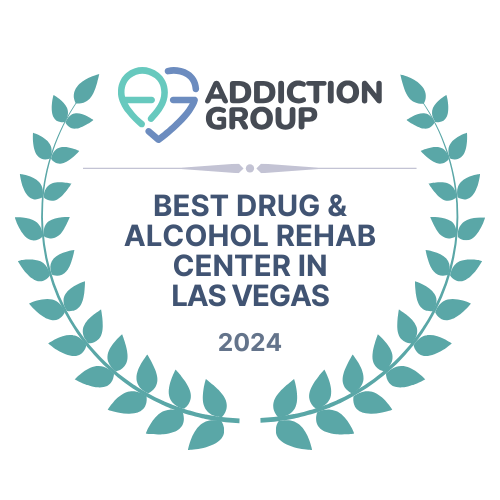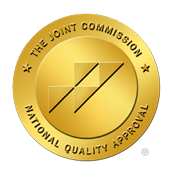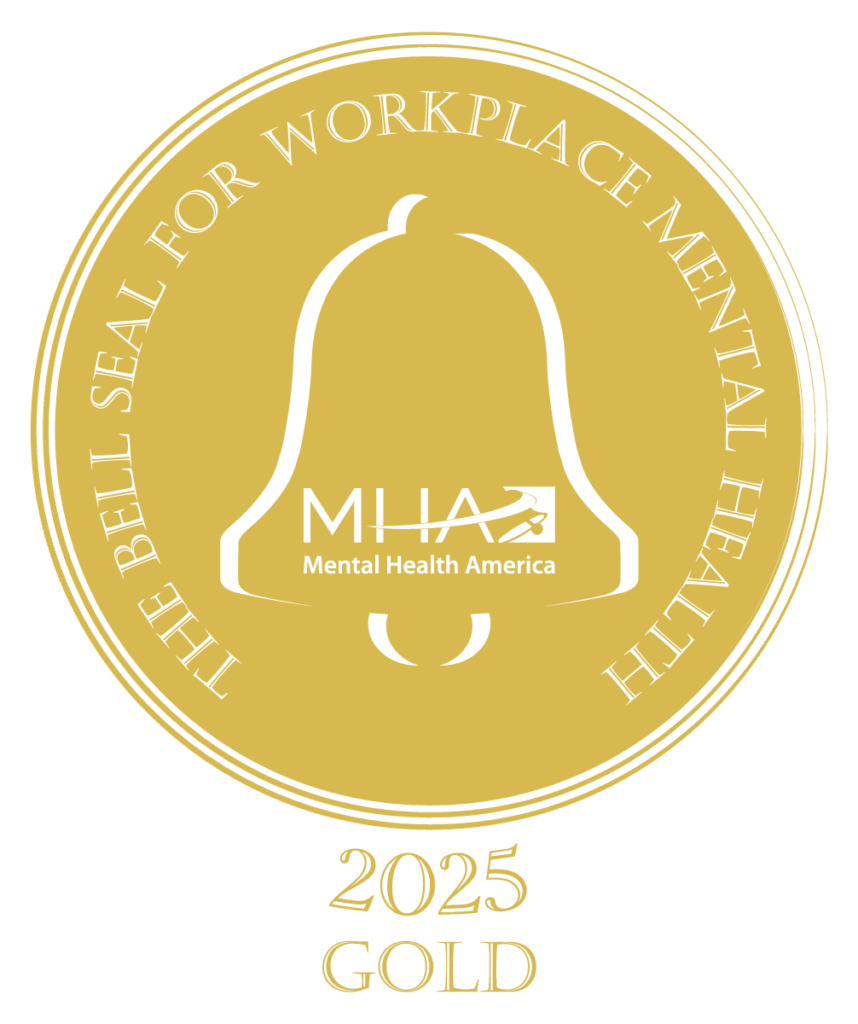State and Federal Policies Addressing Homelessness
Homelessness in the United States is a complex issue influenced by various factors, including addiction, mental illness, housing affordability, and unemployment rates. Efforts to combat homelessness require a multifaceted approach, encompassing access to treatment, housing assistance, supportive services, and legal protections for homeless individuals. This webpage aims to explore current homelessness policies across the United States while highlighting the interconnected nature of homelessness, mental health, and addiction.
Advocates and researchers concur that tackling homelessness necessitates addressing its underlying causes. Vital steps involve enhancing access to quality treatment and affordable permanent housing, while ensuring the provision of essential social and medical services to bolster the stability of individuals without homes.
Despite the prevalent focus on the “Housing First” model in state legislation addressing homelessness, there is a crucial need to address the root causes of addiction and mental illness. States must develop policies and legislation that embrace a treatment-first approach. This approach should encompass both short and long-term housing solutions, job placement initiatives, and comprehensive support services. By prioritizing treatment and support alongside housing, states can create more effective and humane strategies for combating homelessness and addressing its underlying causes.
Current Federal and State Policies
Federal Initiatives: At the federal level, several programs provide affordable housing assistance for low-income individuals and families. These include Tenant-Based Rental Assistance, Project-Based Rental Assistance, Public Housing Operating Funds, and Public Housing Capital Grants, which collectively serve millions of people across the country.
Numerous federal and state initiatives aim to address homelessness, with a focus on providing affordable housing, supportive services, and legal protections for vulnerable populations. States like California, Hawaii, and Louisiana have implemented legislation targeting specific aspects of homelessness, such as addressing childhood homelessness and establishing offices dedicated to homelessness and housing solutions. In Utah, legislation has been enacted to create homeless overflow shelters during winter months, demonstrating a commitment to providing emergency housing assistance. However, challenges persist, as seen in Michigan, where efforts to pass a homeless bill of rights have faced obstacles in the legislative process.
While not deemed as “homeless” policy, legislation that increases access to mental health treatment and medical are are policies that would help those experiencing homelessness. While the Affordable Care Act does provide coverage for most humans, the current healthcare system doesn’t work for most of our unhoused population. If a person who has retreated to the tunnels or homeless camp in Las Vegas has found themselves addicted to fentanyl, having insurance doesn’t really help them.
If they call an insurer, the insurer may give them the name of several providers, but most Medicaid-accepting providers have long waiting lists. They also tend not to offer integrated care, and they tend to provide shorter treatment episodes as opposed to longer treatment episodes which these clients need. Vegas Stronger provides care to everyone, no matter their insured status, but we need healthcare legislation that will be beneficial to those experiencing homelessness.
States
Nevada: There has been a significant rise in the homeless population over the years in Nevada. Local governments in Nevada are striving to strike a balance between protecting homeless individuals’ rights and addressing community concerns regarding public safety and quality of life. Initiatives include service-based models prioritizing connection to essential resources, collaborative efforts at both state and local levels, and measures to enhance public safety while avoiding punitive approaches. One example is the Henderson Homeless Response Team (HHRT), which engages with individuals experiencing homelessness to connect them with necessary services and support, aiming to remove barriers to stable housing. Additionally, Henderson implemented a camping ordinance aligned with recent court decisions, emphasizing social service connections and shelter options over criminalization.
California: California has passed legislation targeting specific populations experiencing homelessness, such as families, domestic violence survivors, and unaccompanied women. Additionally, the state has addressed childhood homelessness by ensuring equal educational opportunities for homeless children in foster care.
Hawaii: Hawaii established an Office on Homelessness and Housing Solutions to develop strategies and implement initiatives to combat homelessness. The office focuses on providing shelters, mental health and substance abuse treatment facilities, and supportive housing projects.
Louisiana: Louisiana legislators passed a resolution urging the study of homelessness-related issues and potential funding sources to address the rising number of individuals experiencing homelessness in the state.
Utah: Utah enacted legislation requiring the creation of winter overflow shelters for the homeless and providing additional funding for cities to mitigate the impacts of homelessness.
Michigan: Efforts in Michigan to establish a homeless bill of rights aim to protect the fundamental rights of homeless individuals, including the right to move freely in public spaces and access essential services without discrimination.

Local Perspective
In Las Vegas, organizations like Vegas Stronger advocate for policies aimed at addressing homelessness, addiction, and public safety. They support initiatives such as camping bans and ordinances prohibiting panhandling, emphasizing the importance of connecting homeless individuals with supportive services rather than enabling addictive behaviors. The establishment of facilities like Las Vegas’ Courtyard, providing 24/7 access to clean restrooms and shelter, reflects efforts to address the immediate needs of homeless individuals while promoting pathways to long-term stability.
Policing
While Vegas Stronger works in partnership with local police authorities, we advocate for states and cities to remove police officers as the main enforcers of homeless policy. Instead, trained social workers or mental health professionals should be working directly with the providers of treatment and housing solutions for the homeless.
Law enforcement plays a very large role in responding to homelessness across various cities nationwide and in policy implementation:
– Police departments wield considerable influence in shaping homelessness policies, with 78% of mayors acknowledging their impact, surpassing the influence of individuals experiencing homelessness and public housing authorities.
– A notable portion of city staff dedicated to homelessness operates within police departments, constituting 22% of placements, the second most prevalent location after social services (38%).
– HOTs, frequently either housed within or incorporating formal roles for police officers, are prevalent in 76% of the nation’s largest cities.
– A majority of HOTs (59%) incorporate enforcement of civil or criminal infractions or address quality-of-life crimes as part of their mission. This includes 43% involved in encampment removals, including the removal of individuals and their belongings.
– HOTs with police involvement are markedly more likely to prioritize enforcement goals, accounting for 75% of police-involved HOTs compared to only 12.5% of those without designated police involvement.
Addressing Mental Health and Addiction
Homelessness, mental illness, and addiction are interconnected issues requiring comprehensive solutions. Recent legislative actions in California expanding conservatorship systems highlight the importance of intervening to provide care for those unable to meet their basic needs due to mental illness or addiction. Similar approaches in Nevada could offer alternatives to incarceration and street homelessness, promoting lasting recovery and social stability.
Legal Perspectives
Kohr v. City of Houston – On May 12, 2017, three named plaintiffs and a putative class of unsheltered homeless individuals filed suit against the City of Houston in the Southern District of Texas. Plaintiffs are represented by the Law Center, the ACLU of Texas, and pro bono partner, Dechert LLP. The complaint challenges Houston’s anti-camping and anti-panhandling ordinances and alleges that the City violated Plaintiffs’ First Amendment right to free speech, Fourth Amendment right against unreasonable searches and seizures, Eighth Amendment right against cruel and unusual punishment, and Fourteenth Amendment right to protection against vagueness.
The Kohr v. City of Houston case revolved around the city’s ordinances regarding homelessness, particularly concerning camping in public spaces. The plaintiffs argued that these ordinances violated their constitutional rights by criminalizing their homelessness and restricting their ability to seek shelter. The court ruled in favor of the plaintiffs, stating that the ordinances were unconstitutional as they effectively punished individuals for being homeless. The case highlighted the challenges cities face in balancing the rights of homeless individuals with the need to maintain public order.
Johnson v City of Grants Pass to be heard on April 22, 2024 by the Supreme Court (SCOTUS) – The U.S. Supreme Court announced on January 12 that it will hear Johnson v. City of Grants Pass, a case that will determine whether people experiencing homelessness have a constitutional right to camp on public property when they do not have a place to sleep. The Supreme Court will decide whether laws regulating camping on public property constitute “cruel and unusual punishment” prohibited by the Eighth Amendment.
In the Johnson v. City of Grants Pass case, homeless individuals challenged the city’s ordinances that prohibited camping on public property. They argued that these ordinances violated their constitutional rights by criminalizing their status as homeless and by not providing adequate shelter options. However, unlike in other cases, the court upheld the city’s ordinances, stating that the plaintiffs failed to provide evidence showing a lack of available shelter options. This case underscored the importance of providing sufficient evidence to challenge homelessness ordinances and highlighted the variations in court rulings on such matters.
This highlights the significance of the City of Las Vegas strategic building of the Homeless Courtyard which provides 24/7/365 access to “shelter” for the unhoused.
The Martin v. City of Boise case centered on the city’s enforcement of ordinances prohibiting camping or sleeping in public spaces by homeless individuals. The plaintiffs argued that such enforcement violated their Eighth Amendment rights against cruel and unusual punishment. The court ruled in favor of the plaintiffs, stating that it is unconstitutional to punish homeless individuals for sleeping in public spaces when they have no access to shelter. This case set a precedent affirming that cities cannot criminalize homelessness if they fail to provide adequate shelter alternattives.
Recommendations for Ending Homelessness
Addressing the complex issue of homelessness requires a comprehensive approach that tackles the underlying causes while providing support and resources to individuals in need. Drawing from expert insights and community-driven initiatives, the following recommendations aim to create lasting solutions to homelessness:
Provide High-Quality Treatment:
– Offer excellent substance use disorder (SUDs) and mental health treatment within shelters, deploying top-notch clinicians and providing quality amenities to patients.
– Implement evidence-based treatment models that prioritize detoxification, congregate living environments, and transitional housing with supportive services.
Community Education and Engagement:
– Build public awareness of effective solutions to homelessness and the importance of accessing treatment and support services.
– Foster broad-based community buy-in to encourage homeless individuals to move into shelters where they can access the necessary resources to rebuild their lives.
Legislative Action:
– End entitlement programs for the homeless population, including street-based resource distribution, to incentivize transition into shelters where comprehensive support is available.
– Redirect resources to ensure that shelters are well-equipped to provide essential services and discourage continued homelessness.
– More funding is needed to take proven solutions to scale.
Specialized Intervention:
– Establish Homeless Specialty Drug Courts to provide timely access to treatment for individuals with substance use disorders who are resistant to help.
– Utilize temporary arrest as a means to facilitate entry into treatment programs, leveraging evidence-based approaches to break the cycle of addiction and homelessness.
Expand Shelter Capacity:
– Ensure that communities have an adequate number of shelter beds available to accommodate all homeless individuals.
– Make shelter residence mandatory for homeless individuals to facilitate access to essential medical treatment for addiction and mental health disorders.
Data-Driven Monitoring and Evaluation:
– Implement robust data collection systems, such as the Homeless Management Information System (HMIS), to track patient progress and outcomes.
– Use data analytics to pre-empt and prevent relapse, ensuring that individuals receive ongoing support throughout their recovery journey.
Create strategic plans to end the prison-to-homelessness pipeline:
– Prison exit should not be a homeless entry point. Department of Corrections, Parole and Probation, and Homeless Service providers must work together to create plans to ensure those exiting prison has access to housing resources prior to prison discharge.
– There is a correlation between recidivism and homelessness. Nevada has no mechanism in place to track and access data as it relates to inmates’ housing status at entry, exit, or re-entry.
By adopting these recommendations and fostering collaboration between government agencies, nonprofit organizations, and the broader community, we can work together to end homelessness and create a more inclusive and compassionate society for all. Las Vegas has the potential to lead by example, demonstrating the effectiveness of evidence-based interventions and community-driven solutions in addressing the root causes of homelessness and substance abuse.
Through collaboration and advocacy, we can build a future where every individual has access to safe and stable housing, healthcare, and support systems necessary for success and well-being. Together, we can make progress toward ending homelessness and creating a more just and equitable society for future generations.
How to Get Help Today
You don’t have to face addiction or homelessness alone. Vegas Stronger is here to help. Whether you need immediate support, are looking for treatment options, or want to help a loved one, we are ready to assist.







